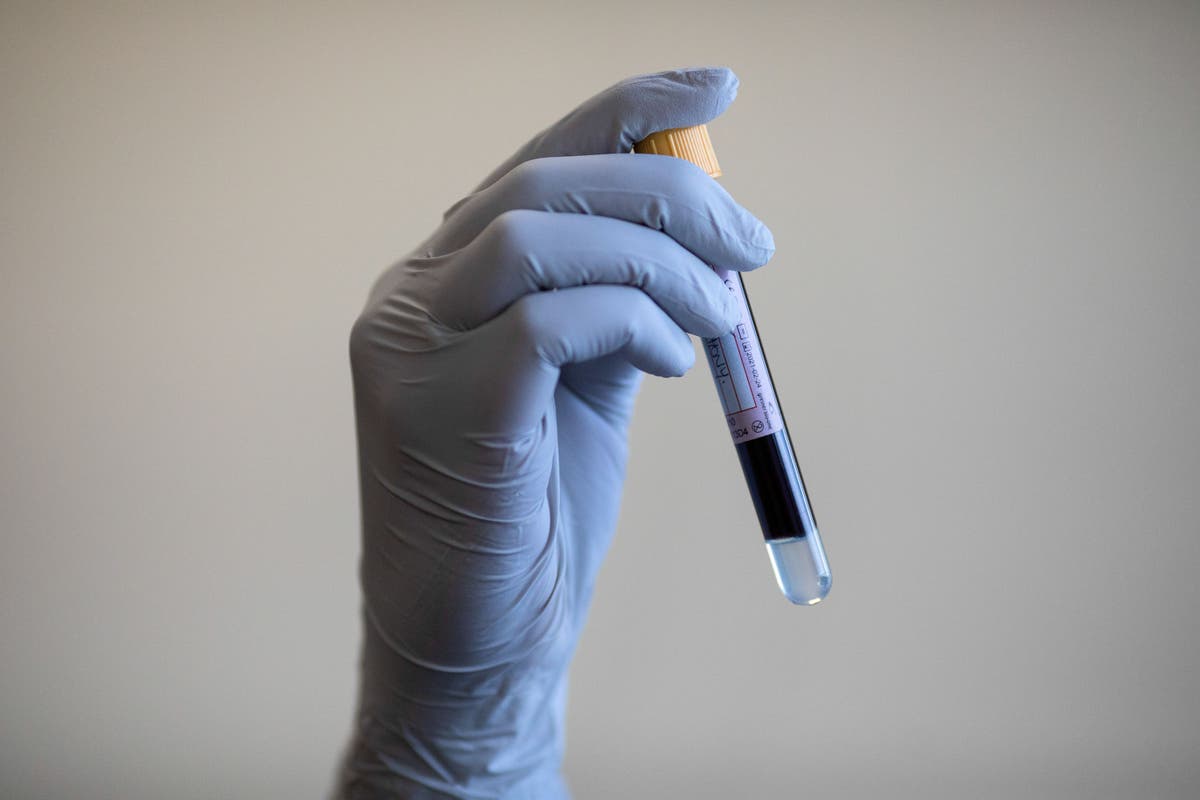It is thanks to a gene-editing tool known as Crispr-Cas, which won the Nobel Prize in 2020
Researchers have eliminated HIV from cells in a laboratory, raising hopes of a cure.
Using a gene-editing tool known as Crispr-Cas, which won the Nobel Prize in 2020, scientists were able target HIV DNA, removing all traces of the virus from infected cells.
Working essentially as scissors, the technology can cut the DNA at certain points, allowing unwanted genes to be deleted, or new genetic material to be introduced into cells.
The study authors said their aim is to develop a robust and safe Crispr-Cas regimen, “striving for an inclusive ‘HIV cure for all’ that can inactivate diverse HIV strains across various cellular contexts”.
According to the researchers, their work represents proof of concept, and will not become a cure for HIV tomorrow.
The hope is to devise a strategy to make this system as safe as possible for future clinical applications, and achieve the right balance between efficacy and safety.Only then can we consider clinical trials of ‘cure’ in humans to disable the HIV reservoir.
“While these preliminary findings are very encouraging, it is premature to declare that there is a functional HIV cure on the horizon,” the researchers say.
Funny, this is literally what CRISPR is used for in bacteria: Fighting viruses
The problem is that HIV viral genome hides among the host organism’s genes.
The call is coming from within the house!
But yeah, so does cancer, but they’re working that out, too.



